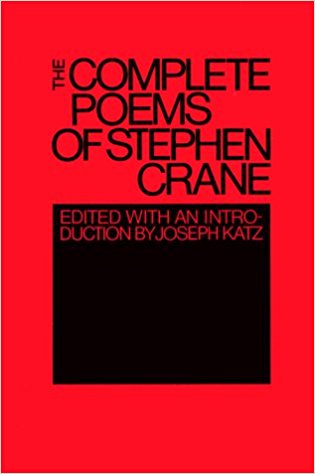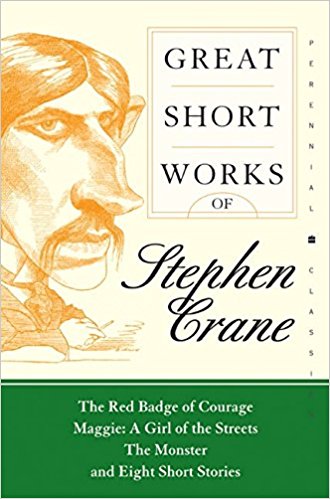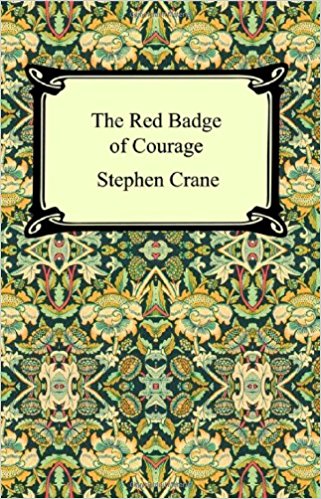About
Born in New Jersey, Crane was already published by the age of 16 and, though he began military school, never finished or took much of an interest in school. In 1891, with the publication of two of his short stories in The New York Tribune, Crane became a full-time writer. Though Crane lived in New Jersey at that time, he traveled often to Manhattan and wrote particularly about the Bowery region, a part of impoverished lower Manhattan. Darwinism influenced Crane’s writing greatly, and his stories, beginning with these early short stories, show human existence as “survival of the fittest” and the destruction of values due to poverty.
Crane moved to New York City in 1892, continuing to write for newspapers. His first novel, Maggie: A Girl of the Streets (1893) drew on his personal experiences in brothels and was an important work in American literary Naturalism. Fascinated with the Civil War since his experiences in military school, Crane examined issues of Century that focused on battles and generals of the war (following the publication of Maggie). It was during this period that, without any war experience, he wrote the book The Red Badge of Courage, an extremely influential novel about a soldier who overcomes his fears and is a hero in battle. The genre has been claimed to be influential in the movements of Realism, Naturalism, Symbolism, and Impressionism. The novel became an international success. Crane also continued to write in other genres at the time he was working on the novel, publishing his poetry collection The Black Riders, and Other Lines the same year.
Following these publications, Crane worked as a journalist touring the American West and Mexico. In 1897, with his common law wife Cora Taylor, Crane moved to London and befriended many important writers of the time, including Henry James, H.G. Wells, and Joseph Conrad. Partially to avoid debts, Crane became a correspondent of the Spanish-American War, and upon his return to England following the war, he died of tuberculosis at the age of 28.
Many scholars consider Crane’s short stories to be his greatest achievement. Crane’s poetry has been labeled as a precursor to Imagist poetry.
–Christie Finn
Related Information
Songs
A Parable: A Blade of Grass
Marion Bauer
Stephen Crane
The Candid Man
Ned Rorem
Stephen Crane
Song Collection: Evidence of Things Not Seen
Evidence of Things Not Seen
Song CollectionNed Rorem
W. H. Auden
Elizabeth Barrett Browning
Robert Browning
Stephen Crane
Mark Doty
Robert Frost
Paul Goodman
A. E. Housman
Langston Hughes
Jane Kenyon
Rudyard Kipling
Edna St. Vincent Millay
Paul Monette
William Penn
Theodore Roethke
Walt Whitman
John Woolman
William Butler Yeats
Many red devils ran from my heart (op. 21, no. 2)
Lowell Liebermann
Stephen Crane
Song Collection: Final Songs, op. 21
There was a man with tongue of wood (op. 21, no. 6)
Lowell Liebermann
Stephen Crane
Song Collection: Final Songs, op. 21
Three Poems of Stephen Crane, op. 11
Song CollectionLowell Liebermann
Stephen Crane




